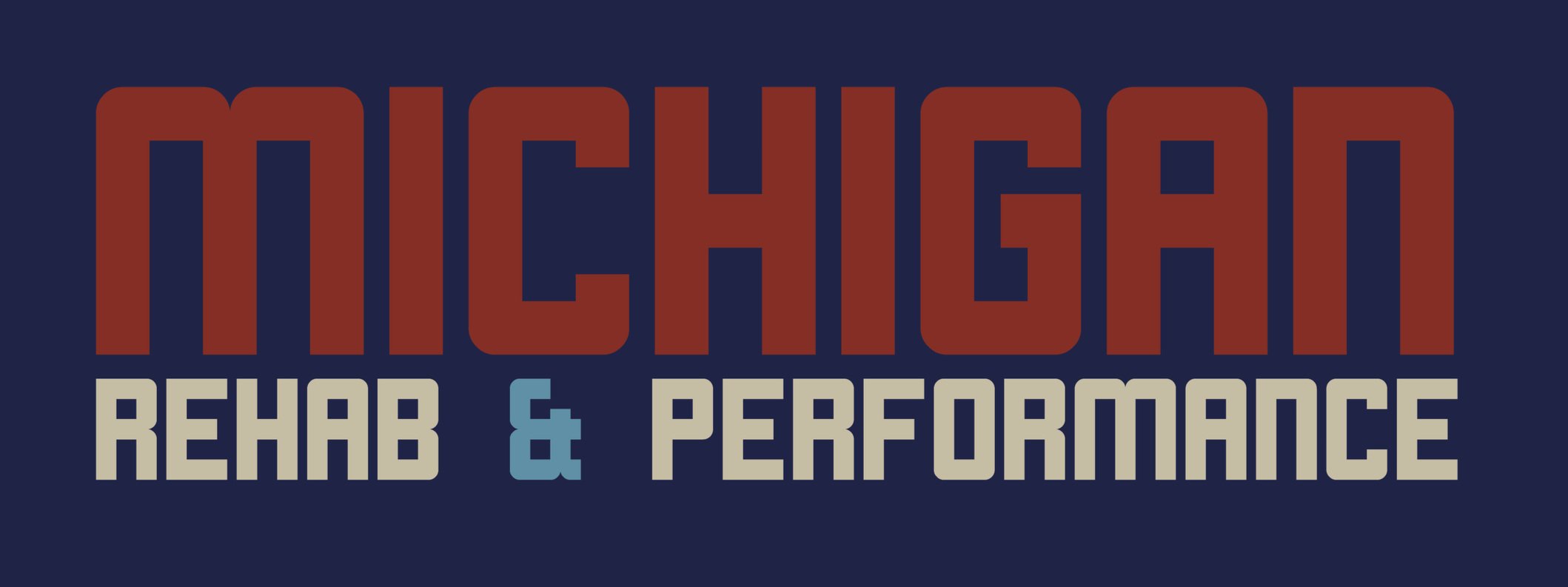Hamstring Strain Recovery: What to Do in the Early Stages
Hamstring Strain Rehab for Athletes: How to Recover Smarter, Not Slower
If you're a fitness athlete dealing with a hamstring strain, you know how frustrating it is to feel sidelined. Whether you’re into CrossFit, running, Olympic lifting, or HIIT, your hamstrings play a major role in power, speed, and performance. Jumping right back into training or stretching too soon can make things worse. Here’s how to navigate the first critical days of hamstring rehab for athletes—and get back to full strength, faster.
Skip the Stretching (At First)
For the first 3–6 days after a hamstring strain, avoid static stretching. Instead, focus on controlled movement and light isometric activation. This protects healing tissue while maintaining some muscle function and circulation.
Isometric Hamstring Exercises for Athletes:
Hamstring Bridge (Double-Leg)
3 sets of 10 reps, holding each for 5–10 secondsSingle-Leg Hamstring Bridge
3 sets of 10 reps, holding each for 5–10 seconds
These are safe, entry-level rehab exercises that engage your posterior chain without stressing the injured tissue. It’s okay to feel some discomfort (no more than 3/10 pain) during these—just make sure it subsides shortly after finishing.
Why Athletes Should Avoid Total Rest
While rest is important, complete inactivity can delay your return to sport. Instead, a graded rehab approach helps you stay in the game:
Movement reduces swelling and supports faster healing.
It downregulates pain signals by desensitizing your nervous system.
It guides the remodeling phase of tissue healing, helping lay down stronger, better-organized muscle fibers.
Staying active (within limits) keeps your recovery athletic and progressive—just like your training.
Mobilize Without Overstretching
While deep hamstring stretching is off-limits initially, targeted mobility work is still important. Many fitness athletes overlook the role of neural mobility, especially involving the sciatic nerve, which passes through the hamstring group. A strain can make this nerve more sensitive—even if you're not feeling "nerve pain."
Soft Tissue & Neural Mobility Drills:
Hamstring Foam Roll – 1–2 minutes
Supine Sciatic Nerve Floss – 20–30 reps
Seated Sciatic Nerve Floss – 20–30 reps (more advanced)
These drills keep the nervous system moving well and reduce protective tension in the posterior chain—all without aggravating your injury.
The Takeaway: Rehab Like an Athlete
These exercises and principles are the foundation of hamstring strain rehab for athletes, but every athlete is different. Your training load, movement patterns, and recovery timeline are unique.
If you’re serious about your recovery—and your performance—consult with a qualified rehab professional who understands the demands of your sport. The goal isn’t just to heal—it’s to return stronger, more resilient, and ready to perform.
Want help building a full return-to-training plan for your hamstring strain? Reach out and we’ll guide you every step of the way.
This blog is for educational purposes only and is not intended to replace medical advice. If you're experiencing pain or suspect a hamstring injury, consult a qualified healthcare professional for a proper assessment and personalized treatment plan.
